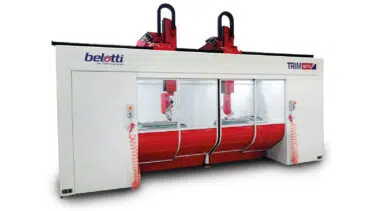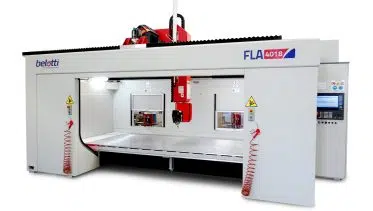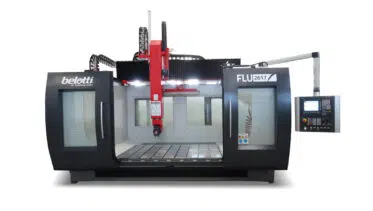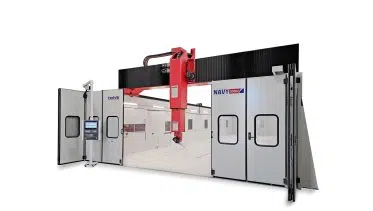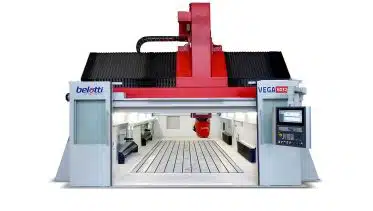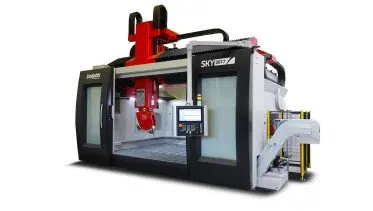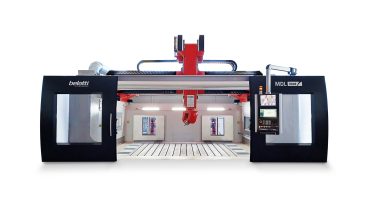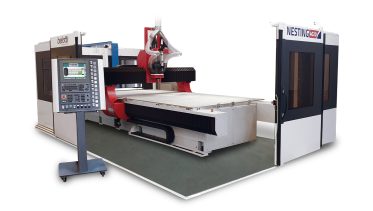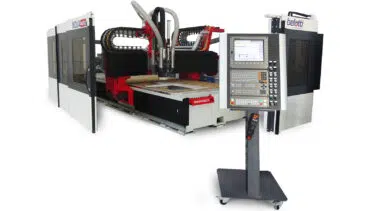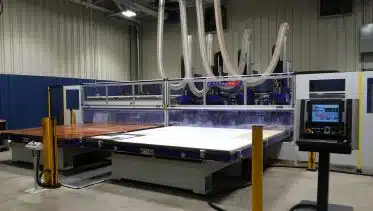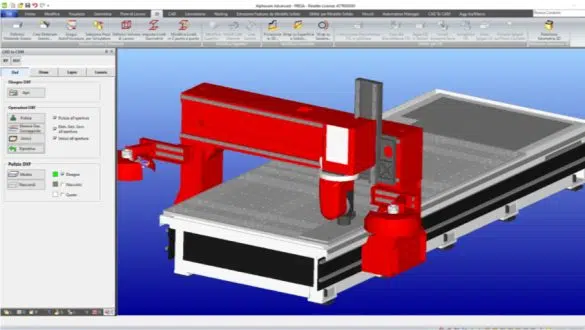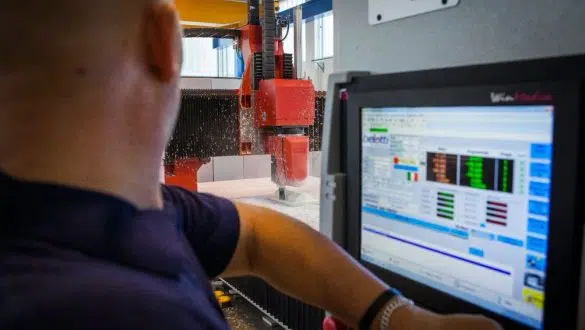Belotti CNC machining centers are designed to perform accurate milling and trimming operations on composite, plastic, resin, and light alloys components.
Belotti offers a wide range of highly customizable Series and models to meet specific production needs and the high-quality standards required by different applications industries (automotive, aerospace, marine, railway, patterns and moulds, energy and building, design, checking fixtures, packaging, and thermoforming).
Belotti machining technologies ensure high precision, reliability, and productivity regardless of the adoption of a 3 or a 5-axis machining center.
Materials and machining center processes
For over 40 years, Belotti has been an international leader in the design and manufacturing of 3 and 5-axis CNC machining centers for the milling and trimming of advanced materials. The wide range of solutions can be complemented with extruders for additive manufacturing, waterjet technologies or ultrasonic cutting systems for even higher performances.
Belotti multi-axis machining centers can perform machining on a wide range of composite materials (carbon fiber, fiberglass, Kevlar, honeycomb), aluminum and light alloys, different density resins, and technical plastic or thermoformed components.
The areas of application for Belotti CNC machining centers are constantly evolving, as their performance in terms of:
-
flexibility of use across application sectors and machinable materials;
-
quality and accuracy of machining, even for complex geometries;
-
production efficiency through reduction of the machining cycle time;
-
reliability and durability;
-
safety.
Classification of cnc machining centers
CNC machining centers can be classified according to their features, configurations, and the machining operations they can perform. Belotti technologies fall into the following categories:
-
Vertical machining centers, centers in which the main axis is vertical; they are the ideal solution for milling, drilling, and threading operations.
-
3-axis machining centers, designed for machining flat geometries along the X, Y and Z axes.
-
5-axis machining centers, advanced solutions that enable even very complex machining operations simultaneously along the 5 axes (X, Y, Z and 2 rotary axes A and C) on three-dimensional surfaces.
Machining center structure and components
A CNC machining center features some structural and essential components. The main structure, monolithic or with columns, is the supporting frame on which the gantry is placed and moved (with either recirculating ball screws or pinion-rack transmission) enabling the operating unit to reach even the most critical processing points.
The machining table is the surface on which the material is placed and anchored to perform machining operations. The operating unit consists of a spindle with variable power that can be oriented in different directions to perform 3 or 5-axis machining through the associated tool.
The control unit, or numerical control, is the software that manages the axis movement and coordinates machining operations. Tools, such as milling cutters, drills, bits, and other cutting tools, are responsible for performing machining operations, shaping the blank to obtain the finished product. Each component of the machining center plays an important role within the production process and contributes to achieving the required performance.
Additional accessories
Along with the main elements, machining centers can be equipped with additional accessories that enhance their performance in terms of machining accuracy, production efficiency, durability, and operator safety. Among these accessories, rotary table or twin-shuttle loading systems, double independent bridge, automatic tool changer, integral protective and soundproofing cabins, vision systems (cameras), suction systems for chip disposal, and lubrication systems are of particular demand.

